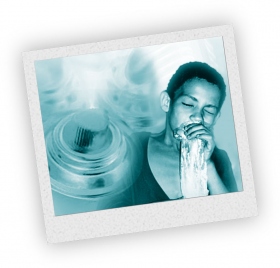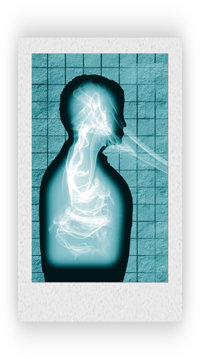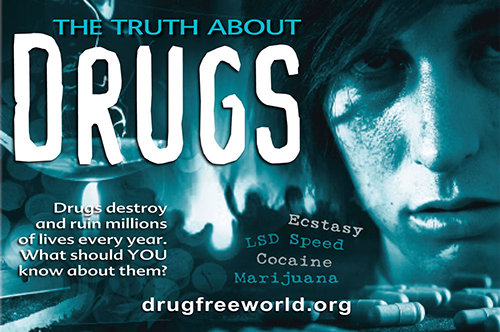Inhalants include chemicals found in such household products as aerosol sprays, cleaning fluids, glue, paint, paint thinner, nail polish remover, amyl nitrite1 and lighter fuel. They are sniffed or “huffed” (act of inhaling vapours).
Inhalants affect the brain. When substances or fumes are inhaled through the nose or mouth, they can cause permanent physical and mental damage. They starve the body of oxygen and force the heart to beat irregularly and more rapidly. People who use inhalants can lose their sense of smell, suffer nausea and nosebleeds and may develop liver, lung and kidney problems. Continued use can lead to reduced muscle mass, tone and strength. Inhalants can make people unable to walk, talk and think normally. Much of the damage is caused to the brain tissue when the toxic fumes are sniffed straight into the sinus.2
Short-term Effects:
In addition to the above, inhalants can kill a person by heart attack or suffocation as the inhaled fumes take the place of oxygen in the lungs and central nervous system. Someone on inhalants may also suddenly react with extreme violence.
Long-term Effects:
Can lead to muscle wasting and reduced muscle tone and strength. Can permanently damage the body and brain.













































